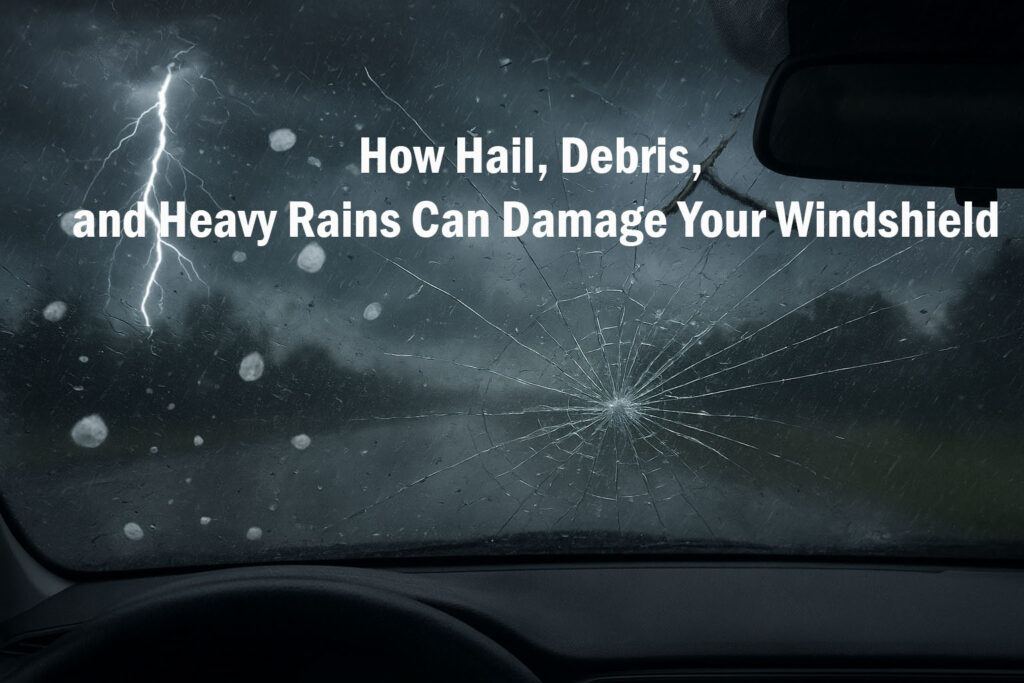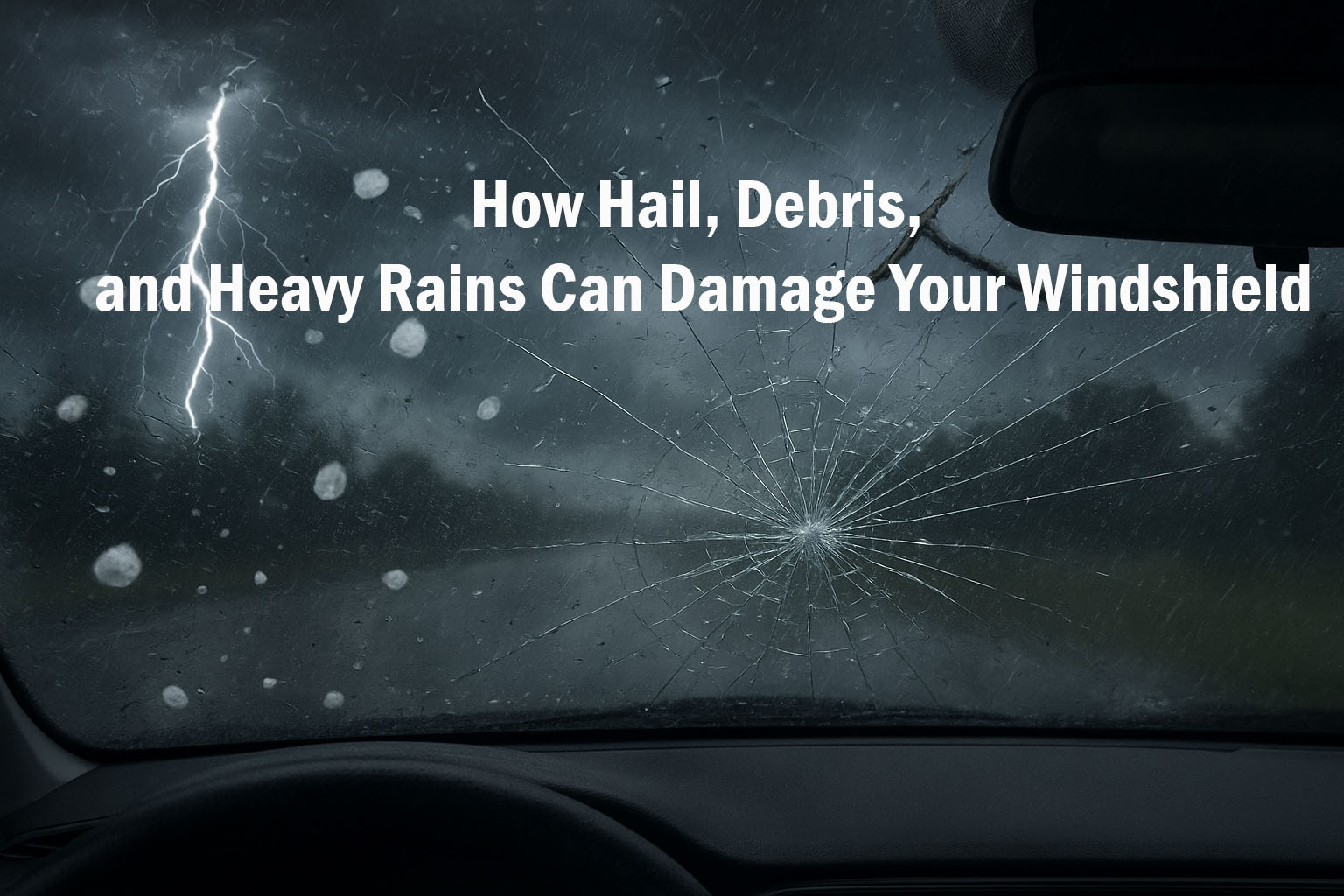Storm season brings more than just gray skies and wet roads. From sudden hailstorms to flying debris and torrential rain, severe weather can wreak havoc on your vehicle, especially your windshield. While a cracked or chipped windshield may seem like a minor inconvenience, storm-related glass damage can compromise your visibility, safety, and even the structural integrity of your car.
In this guide, we’ll explore how different storms, like hail, impact auto glass, why prompt windshield replacement is so important, and how you can quickly find a trusted shop in your area.
How Storms Damage Your Windshield
1. Hailstorms
Hail is one of the most common weather-related threats to auto glass. Even small hailstones can leave chips or spiderweb cracks, while larger hail can shatter windshields outright. Damage is often widespread, leaving multiple weak points across the glass.
2. Flying Debris
High winds during thunderstorms, hurricanes, or tornadoes can turn everyday objects—branches, rocks, even signage—into dangerous projectiles. A single impact can chip, crack, or puncture your windshield. Even if the damage looks minor, it may spread over time due to vibrations and temperature changes.
3. Heavy Rains and Flooding
While rain itself doesn’t typically crack glass, heavy storms can weaken seals around your windshield. If your glass is already chipped or cracked, water can seep in, leading to leaks, interior damage, or fogging between the layers of laminated glass.
Why Windshield Damage Shouldn’t Be Ignored
Your windshield does far more than keep out the rain:
- Structural Safety: The windshield provides up to 45% of a vehicle’s cabin strength in a front-end collision and up to 60% in a rollover. A damaged windshield is more likely to collapse.
- Airbag Functionality: Passenger-side airbags often rely on the windshield for proper deployment. A compromised windshield may cause airbags to fail or deploy incorrectly.
- Visibility: Cracks and chips distort your view, especially when light reflects off water during storms. Reduced visibility significantly increases the risk of accidents.
- Spreading Damage: What starts as a small chip can quickly grow into a full crack when exposed to temperature changes, vibrations, or another impact.
Repair vs. Replacement: What You Need to Know
- Repairs are possible if the damage is small (usually less than a quarter in diameter), not in the driver’s line of sight, and hasn’t penetrated both layers of laminated glass.
- Replacements are necessary if cracks are larger, multiple, or located in critical areas. With storm damage, replacements are often the safest and most reliable choice.
Remember: Only professional shops can properly install a new windshield with the correct adhesives, alignment, and calibration (especially if your car has ADAS features like lane departure warnings or automatic emergency braking).
Finding the Right Shop After Storm Damage
Storms don’t wait, and neither should you. The faster you address windshield damage, the less risk you face. At Glass.net, we make it simple to compare trusted auto glass shops near you.
Use our free quote tool to get up to three price estimates.
Compare qualified, customer-reviewed shops in your area.
Choose the option that fits your schedule and budget.
Final Thoughts
Storm season may be unavoidable, but driving with a compromised windshield is not. Whether your vehicle faced a hailstorm, flying debris, or torrential rain, inspecting your auto glass should be one of your first steps after severe weather. If you notice any chips or cracks, don’t delay—prompt repair or replacement ensures your safety on the road.
Use Glass.net’s free quote tool today to compare up to three trusted auto glass shops near you and get back on the road with peace of mind.

To read more, visit blog.glass.net

